Today, Christmas has become a significant industry, with a substantial portion of it dedicated to the multibillion-dollar business of selling Christmas trees.
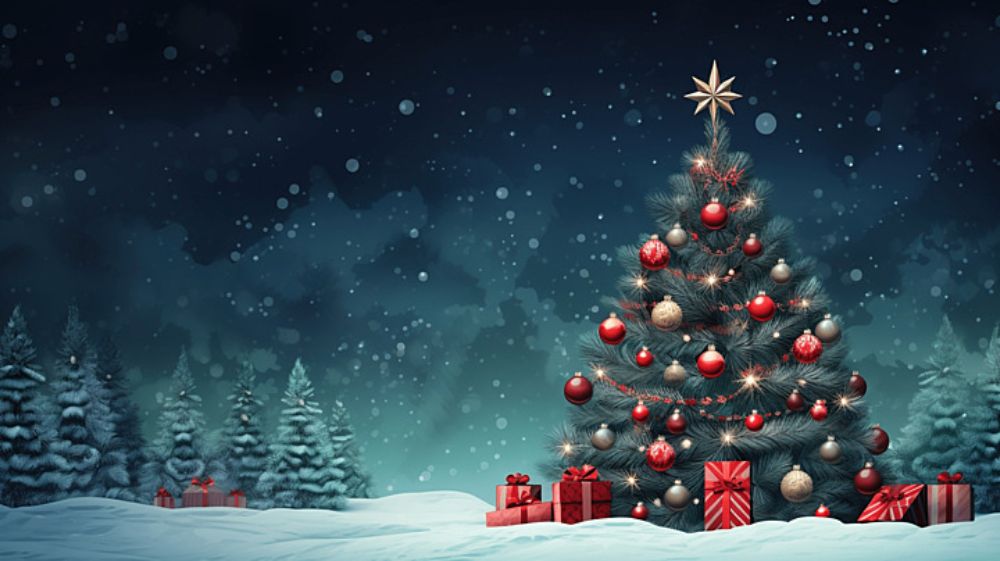
The Christmas tree tradition has diverse historical roots, often traced back to ancient civilizations. Initially, ancient Egyptians adorned their homes with trees in reverence to the god Ra during the winter solstice. Later, ancient Romans celebrated the Winter Solstice with the Saturnalia feast, decorating their homes and temples with evergreen boughs in honor of Saturn, the god of agriculture.
The Germans played a pivotal role in shaping the modern Christmas tree tradition during the 16th century. They began the practice of decorating trees with candles and ornaments as part of their Christmas festivities. These small evergreen trees, known as “paradise trees” in Church plays, featured candles, apples, nuts, and berries.
The Deep ‘Rooted’ Tree Tradition
Devout Christians embraced this tradition, incorporating decorated trees into their homes during the Christmas season. While it quickly spread across Europe, it faced resistance in America due to the rejection of trees by Puritanical religious groups who associated them with pagan origins. Nonetheless, German-born settlers in small communities continued the practice into the 1700s and 1800s.
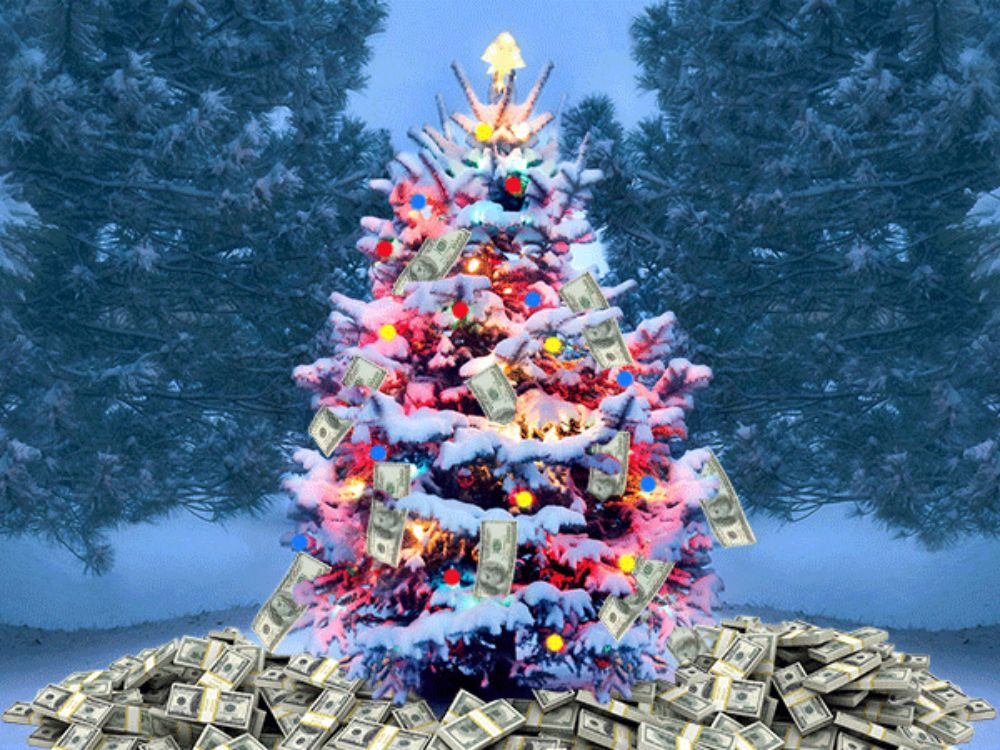
The turning point for the widespread acceptance of Christmas trees in America came in the 1840s when Americans witnessed Queen Victoria and her family, including German-born Prince Albert, celebrating with a Christmas tree. Subsequently, in 1851, the first Christmas tree market in the United States was established in New York City. Since then, the tradition has flourished, evolving into a multi-billion-dollar global industry with Christmas tree farms found worldwide.
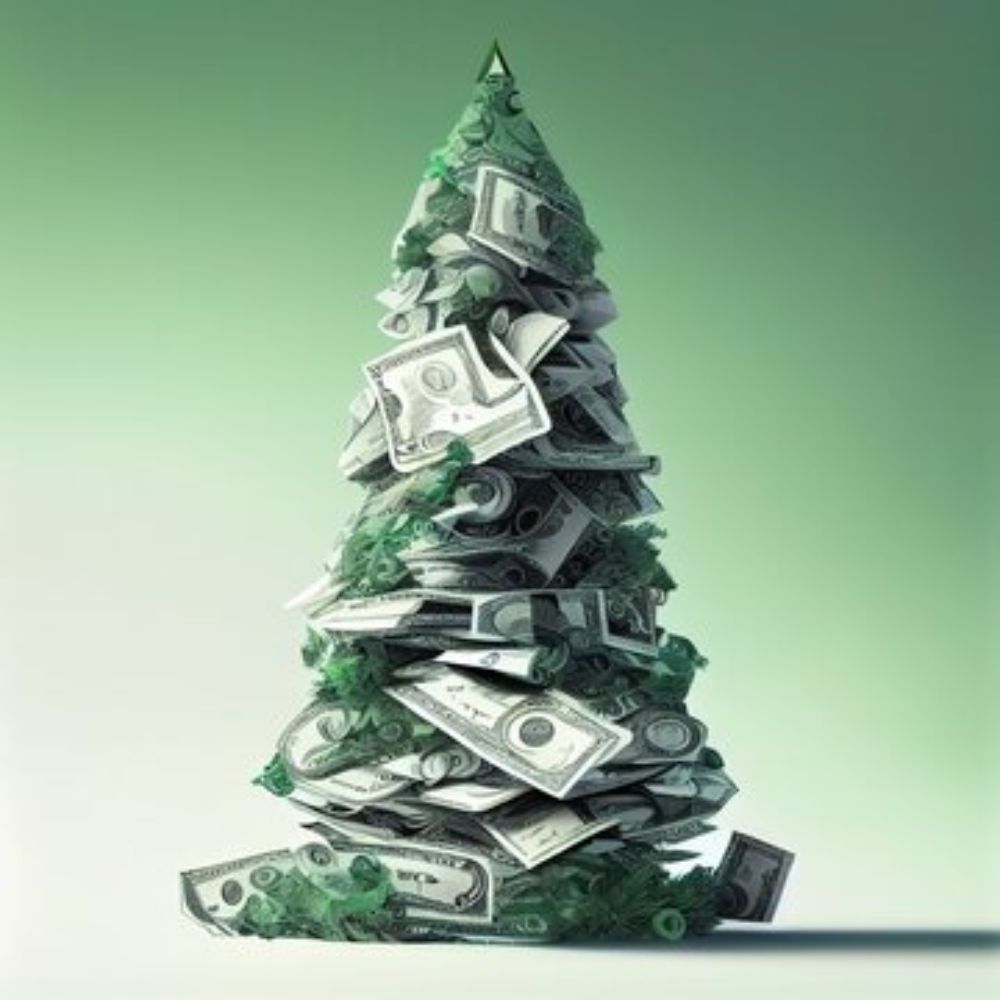
Christmas tree businesses not only offer a diverse range of trees but also provide a sense of community and a connection to holiday traditions. Many families establish a tradition of visiting Christmas tree farms or lots together to choose their tree, turning the selection process into a cherished ritual that fosters deeper familial bonds. These businesses often organize events and activities, such as hot cocoa stands and holiday photo opportunities, creating a festive atmosphere and bringing the broader community together.
Sparkling Business Side of X’mas Ornaments
The origin of Christmas ornaments can be traced back to Germany, where Hans Greiner began crafting glass Christmas ornaments, known as baubles, in the 1800s. These became the first commercially produced Christmas ornaments and enjoyed immense success. Recognizing the lucrative potential, a mass marketing campaign for Christmas ornaments commenced. In the 1890s, Woolworth’s Department Store in the U.S. alone sold over $25 million worth of German-imported ornaments made of lead and hand-blown glass annually. Other countries, including Japan and Eastern European nations, joined the competition, mass-producing glass Christmas ornaments.
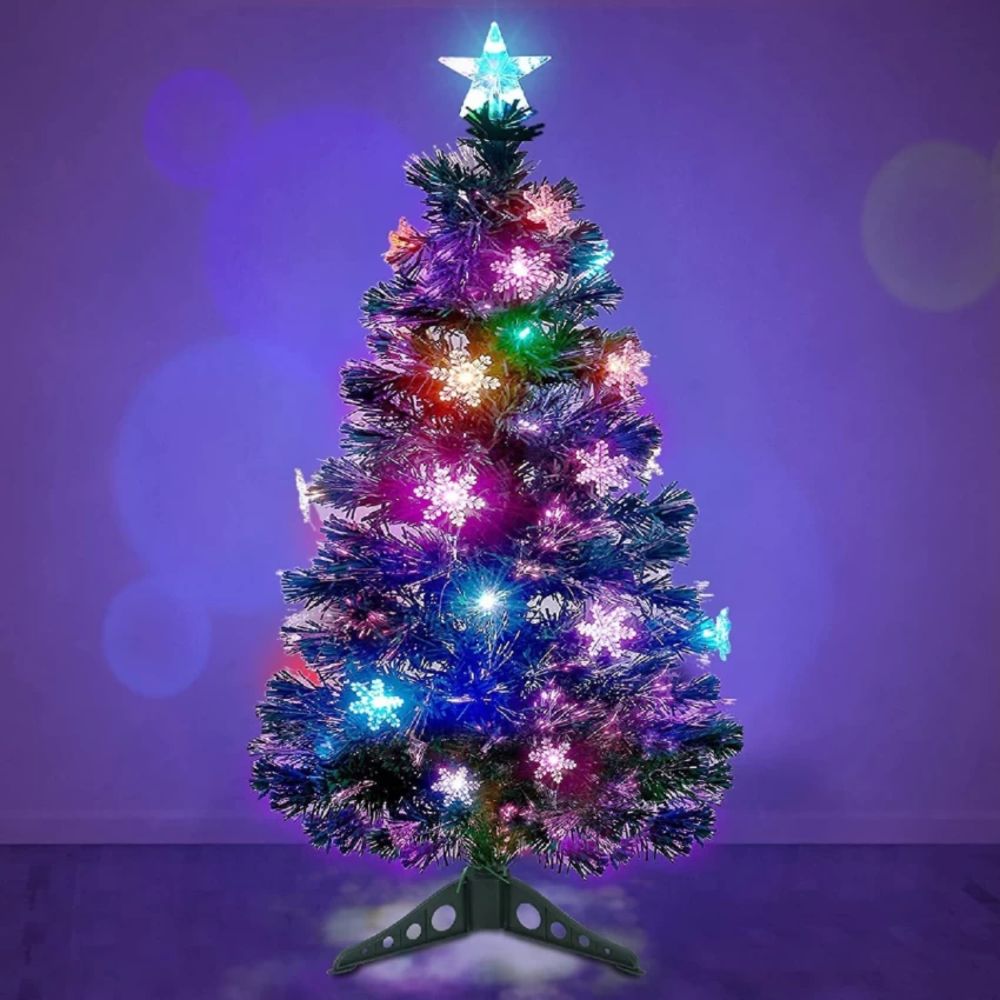
Shifting Priorities of Christmas Trees from Natural to Artificial
In the contemporary holiday business landscape, artificial trees have gained popularity, especially among those who prefer the convenience and cleanliness they offer compared to natural trees. The majority of replica trees come from China, predominantly from the city of Yiwu.
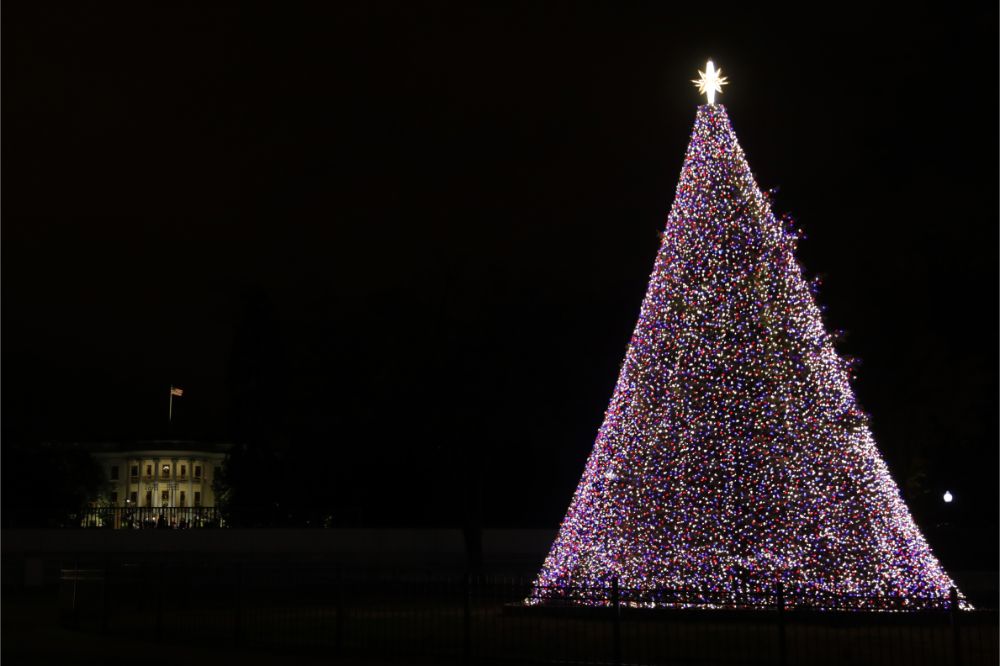
According to reports, in 2022, the U.S. imported over 20 million artificial trees, reflecting their increasing prevalence. In 2014, the U.S. imported 11 million artificial trees while selling nearly 22 million natural trees, indicating that at that time, the demand for real trees was almost double that of artificial ones. However, a decade later, natural tree sales had declined to around 15 million, while over 20 million artificial trees were imported.
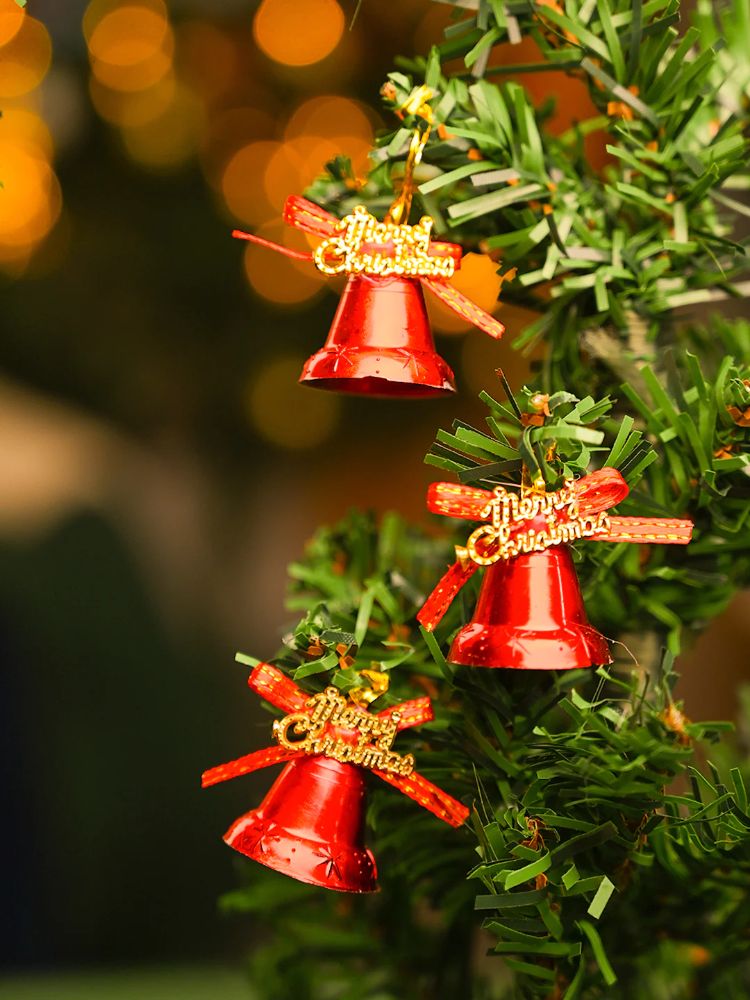
In navigating the myriad options for your festive center piece, the choice of a Christmas tree boils down to a delicate balance of considerations: price, environmental impact, convenience, and even allergies. Amidst this intricate decision-making, there exists no one-size-fits-all answer. Whether you opt for the authenticity of a natural tree, the ease of an artificial one, both, or none at all, the essence lies in infusing a touch of joy into your winter celebration.
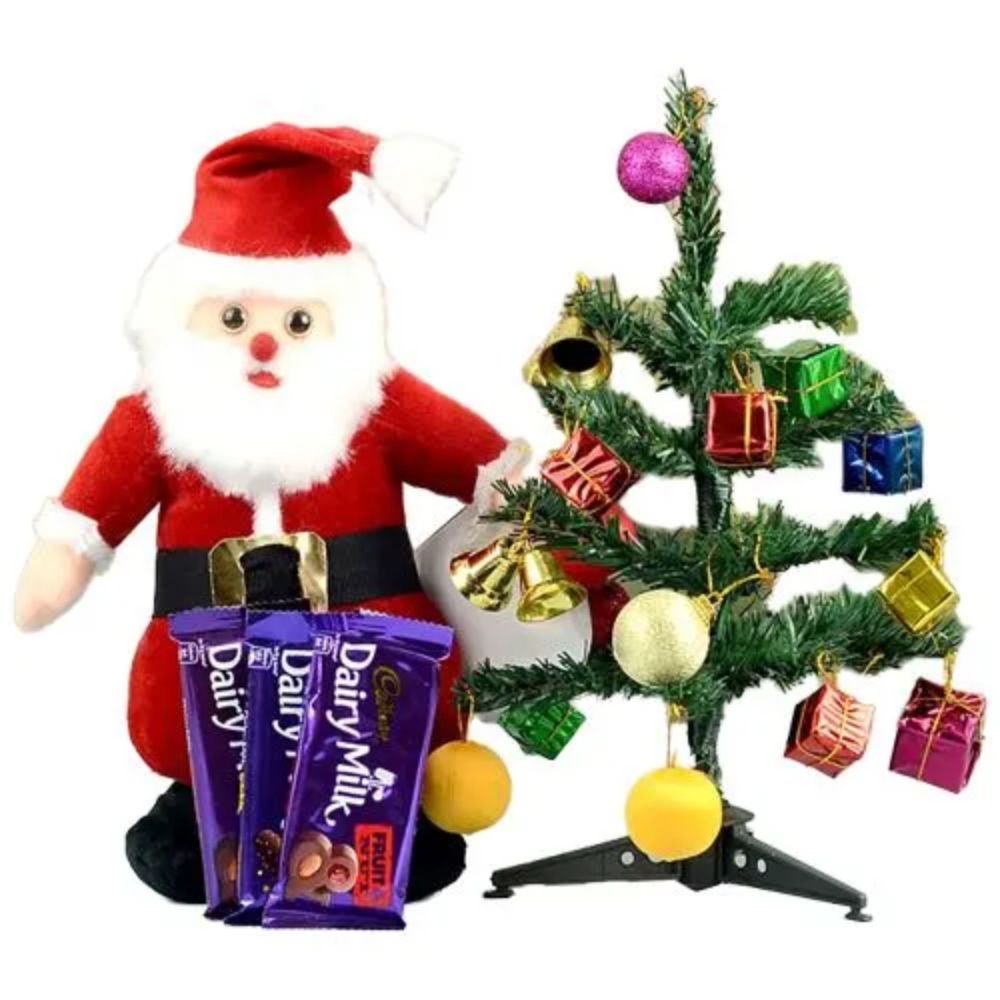
In the grand tapestry of holiday choices, the allure of the season extends beyond the material aspects. The glistening snow, the warmth of familial togetherness, and the sheer delight of happy days are treasures bestowed upon us, requiring no financial investment. As you embark on your holiday preparations, may you find the perfect embodiment of cheer, embracing the priceless gifts that make this season truly magical.
